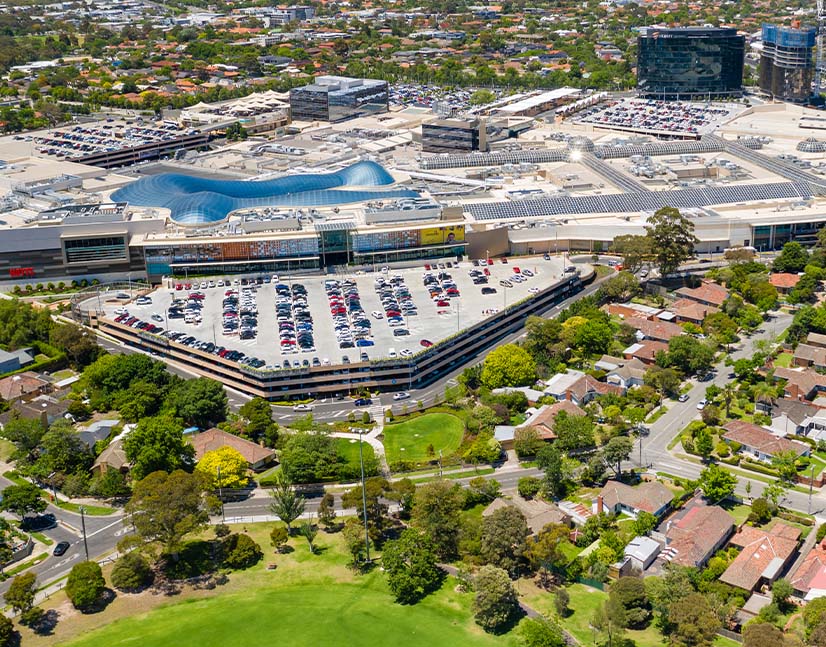
Crest of the wave
New Zealand is once again among the world leaders in the economic cycle, as its central bank battles with sky-high inflation through successive rate increases. The response was a key talking point at the ANZ-KangaNews New Zealand Capital Market Forum, which took place in Auckland in late May.
“In aggregate, the household sector can handle interest rate rises and house price falls. But when you light a fire in the housing market in either direction, there is always the risk that it gets away from you. Having had the biggest housing boom in New Zealand’s history, it is not unreasonable to wonder if we are at risk of the biggest bust.”
“We are getting our own house in order, measuring and verifying our operational carbon footprint emissions and making plans to reduce them. We are also exploring how we can incorporate sustainability objectives into our balance sheet while maintaining our ability to execute our policy objectives effectively.”
“The role of the private sector is critical given business touches all aspects of production and consumption. The financial sector can play a key role in providing financing and potentially sharing, managing and reducing climate risk – and thereby reducing the cost of capital. A collective global response needs to be aligned – and at a scale and pace appropriate to the risks. The longer the delay, the greater the potential for social and financial disruption.”
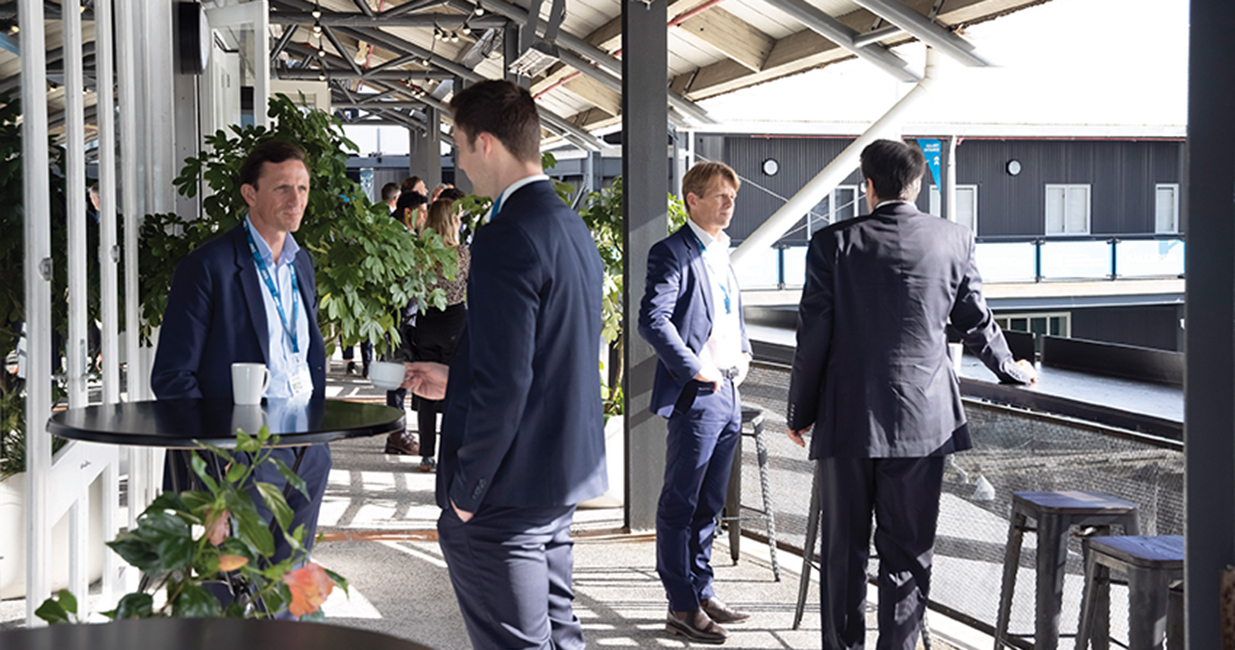
“We have gone in very quick time from a long period where central banks were making money as cheap as possible by setting super easy monetary policy and running QE programmes to suddenly vacuuming all the money up and turning off the printing presses. With central banks now tightening monetary policy aggressively and the cost of living also spiking sharply, markets have to begin pricing in a policy mistake and the likelihood of a recession.”
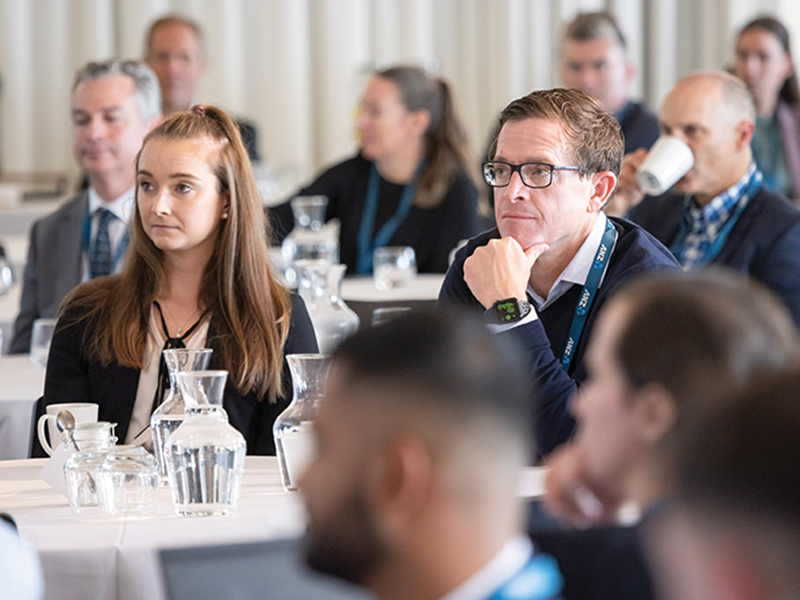
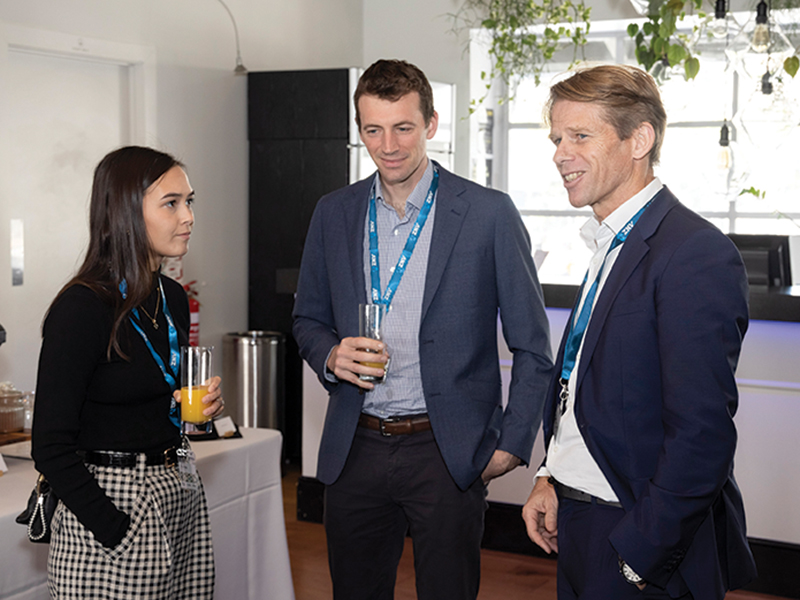
“We have had a habit in this country of playing catch-up, and it’s time we started building things to allow the expansion of the productive capacity of the economy. Climate change adaptation will be part of the infrastructure challenge for the future, and we need to ensure we are working effectively with local government to identify what the needs are and to ensure we have a plan for funding them.”
“We need to have a much bigger focus on impact and delivery, and this requires being more rigorous in the way we analyse what we invest in and what results we expect from it. It’s about accountability frameworks.”

“We have had to adapt our investor relations. But virtual investor relations can become more of a presentation than a conversation, and there is a lot of value in the conversation part of investor relations. We will certainly be looking to get back offshore once investors are open to physical meetings once more.”
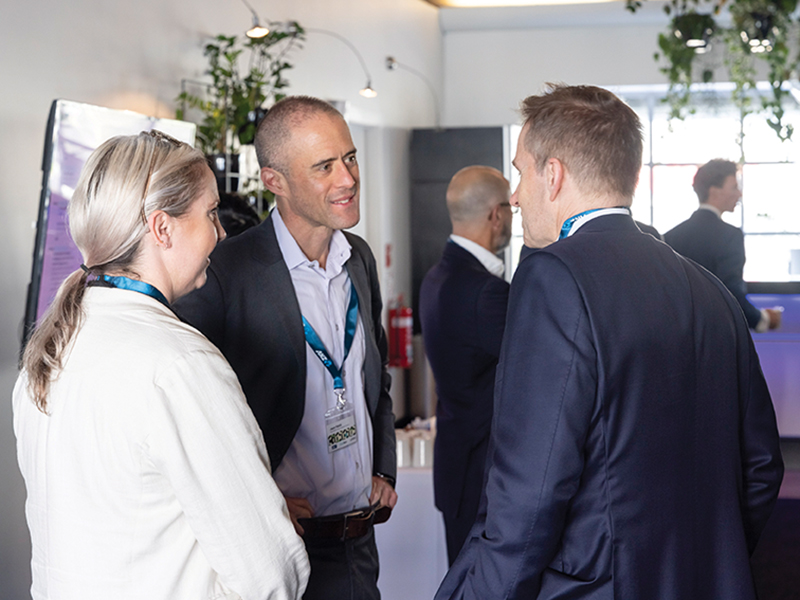
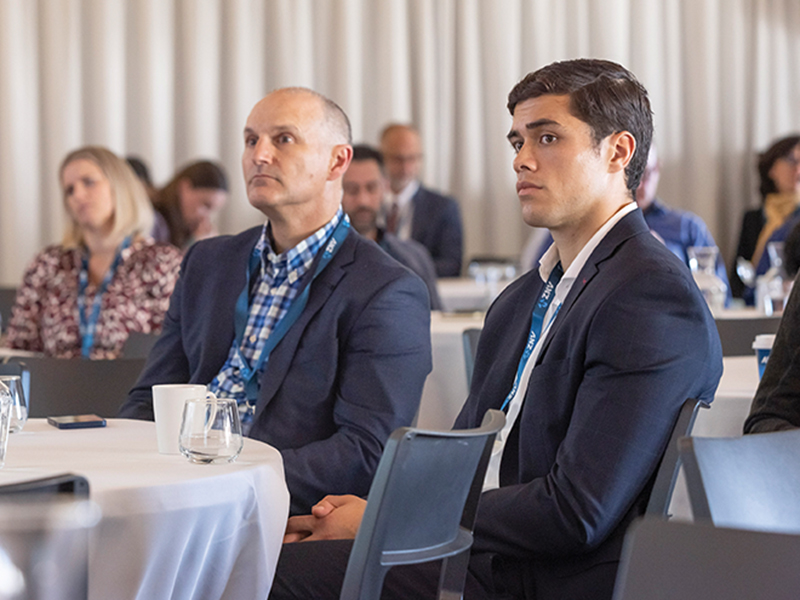
“Having to disclose progress against targets every year incentivises us to take action. There are several guardrails ensuring sustainable financing targets are material to a business. But the SLB is still a developing product, and the disclosures and reporting that come with it will continue to develop as well.”
“Financial institutions are increasingly being asked to take account of issues that were previously outside their boundary of control – often being the domain of government. We expect to get to a point where a lot of financial instruments have consideration of sustainability in them, particularly an interest in making things better rather than just investing in green.”
“We have made a commitment to use green bonds to fund most of our debt in our name in future, so we really need to think about our asset base and how it supports green financing. We are also thinking about how we can incorporate the GBP and CBI criteria as a consideration in our financial planning processes – which will also come through naturally from our TCFD work.”
“To be able to price risk we need to understand ESG risk, and this is cemented into our investment process. As active investors, our strategy is to be engaged. We have opportunities to sit in front of companies and ask, encourage and push them about their policies. This is integral to understanding the ESG risks of a company.”
“SLB targets need to be ambitious beyond business as usual and they need to be aligned to a company’s core strategy. The level of ambition is established between the borrower and the sustainability coordinator, to make sure we build a transaction that is credible, will make an impact and will support a more sustainable, low-carbon economy.”
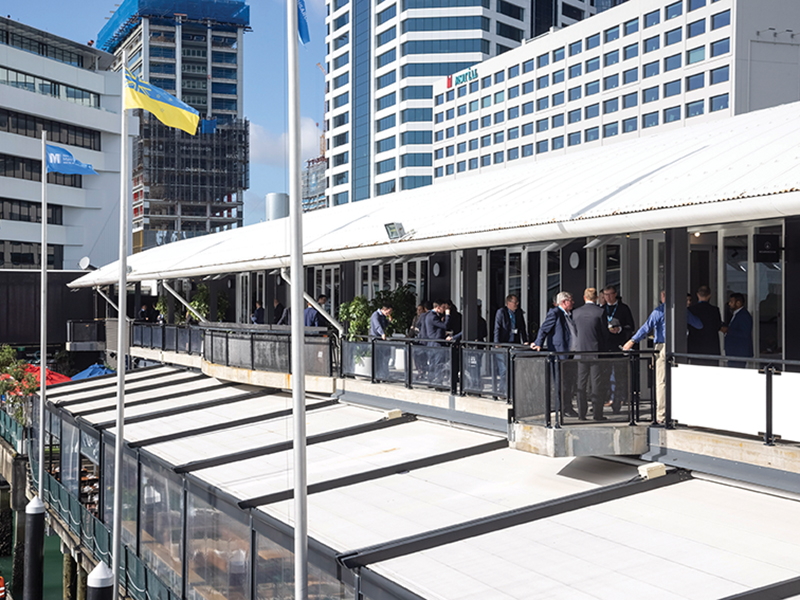

“Sometimes relative value is better in term deposits. But we have seen flow into longer-term bank bonds because of the rates paid – which comes down to bank paper pricing off international benchmarks to a greater extent than a lot of local corporate issuance. There is quicker flow-through to fair value than with some corporate bonds.”
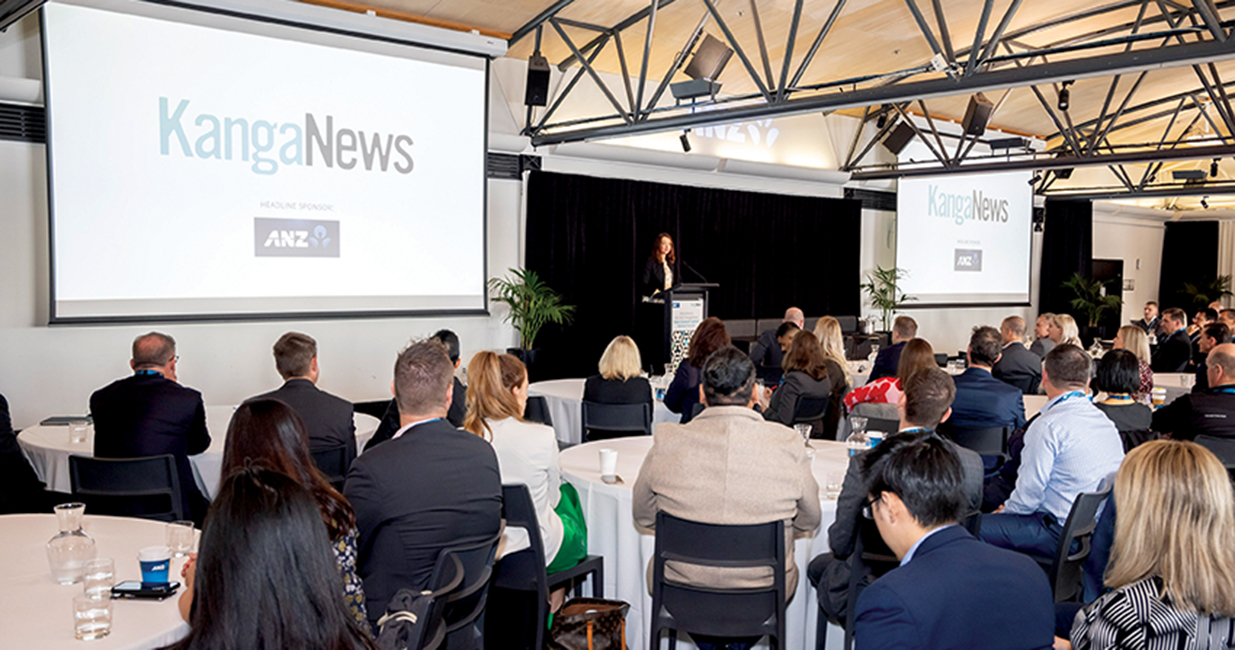
“Despite the rate hikes we are already witnessing and the restructuring of the yield curve, as an issuer we have not had such good all-in funding conditions for at least four years. Liquidity is still there, clearly, which may explain the extraordinary windows we are witnessing, mainly in the euro area.”
“The Asia-Pacific region has made tremendous strides on the development ladder, but there is still much to do. There are still large deficits in infrastructure, there is income inequality, and there are new themes like climate change and the tremendous stress we put on the environment. This is where an institution like ADB has a lot of impact to provide.”

HIGH-GRADE ISSUERS YEARBOOK 2023
The ultimate guide to Australian and New Zealand government-sector borrowers.

WOMEN IN CAPITAL MARKETS Yearbook 2023
KangaNews's annual yearbook amplifying female voices in the Australian capital market.

SSA Yearbook 2023
The annual guide to the world's most significant supranational, sovereign and agency sector issuers.








